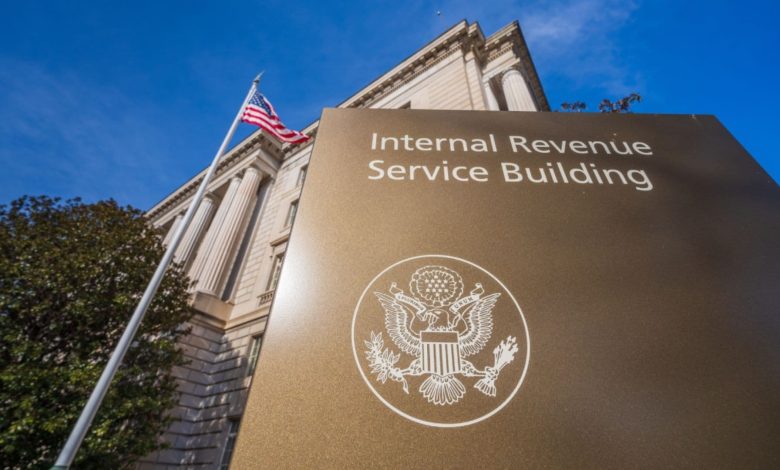
Revenue Ruling 87-41 is the IRS’s landmark guidance that explains how to determine whether a worker is an employee or an independent contractor under the common law test for FICA, FUTA, and income tax withholding, using twenty control-focused factors and three illustrative staffing scenarios; this ruling also explains how Section 530 relief applies—and when it doesn’t—especially after Congress added Section 1706 for certain technical service workers in 1986. In this long-form walkthrough of Revenue Ruling 87-41, the article unpacks the core idea of “right to control,” shows how factors like instructions, training, supervision, tools, investment, and profit/loss tilt the scale, and explains why titles or contracts don’t override substance; the discussion also covers the interaction with Section 530 safe harbor, the 1706 exception for engineers/programmers/drafters and similar roles, and practical takeaways for firms, agencies, and creatives who structure engagements in tech and design fields.
What Revenue Ruling 87-41 Covers
- Applies the common law “right to control” test to federal employment taxes across FICA, FUTA, and income tax withholding, emphasizing that the power to direct not just results but methods indicates employee status.
- Provides 20 guidance factors and stresses that no single factor controls; substance over form matters, so labels like “independent contractor” in contracts don’t decide status.
The 20 Common-Law Factors (Plain English)
- Instructions: Must follow when/where/how to work → leans employee.
- Training: Being trained to do it “their way” → employee tilt.
- Integration: Work integral to business → control likely.
- Personal service required: Indicates interest in methods → employee tilt.
- Hiring/paying assistants by firm: Shows control → employee tilt.
- Continuing relationship: Ongoing work suggests employment.
- Set hours: Schedule set by firm → employee tilt.
- Full-time devotion: Limits other work → control.
- Work on premises: Especially if not necessary → control.
- Set order/sequence: Must follow firm’s sequence → control.
- Regular reports: Required reports indicate control.
- Payment by time: Hourly/weekly/monthly suggests employment.
- Expense payments: Firm pays business travel/expenses → control.
- Tools/materials furnished: Firm supplies significant tools → employee tilt.
- Significant investment by worker: More investment → contractor tilt.
- Profit or loss: Real upside/downside → contractor tilt.
- Multiple clients: Simultaneous work for many → contractor tilt.
- Services to public: Regularly offering services → contractor tilt.
- Right to discharge: Firm can fire at will → employee tilt.
- Right to terminate: Worker can quit anytime → employee tilt.

Three Staffing Scenarios From The Ruling
- Situation 1 (Tech services firm controls quality/reviews; pays hourly; non-solicit): Worker is an employee of the staffing Firm; Section 530 relief denied by 1706 because role is technical services (e.g., programmer).
- Situation 2 (Referral only; flat fee to Firm; Individual works for others; no Firm control): Worker is not an employee of the Firm under common law.
- Situation 3 (Client supervises at its site; Firm handles payroll admin, cannot direct work): Worker is not an employee of the Firm under common law.
Section 530 Safe Harbor, Consistency Rules
- Section 530 can deem a worker not an employee if the payer had a reasonable basis, filed consistently, and didn’t treat similar workers as employees—reporting and substantive consistency are required.
- Labels don’t save misclassification; reasonable basis can include long-standing practice or reliance on rulings/judicial precedent, but documentation and consistent filings are critical.
1986 Update: Section 1706 Exception
- Congress narrowed 530 relief for certain technical service workers (engineers, designers, drafters, programmers, systems analysts, similar) under arrangements with staffing firms—no 530 shield if they’re employees under common law.
- Personal service corporations don’t avoid the 1706 effect; substance governs, not entity form, in these placements.
Practical Takeaways For Businesses
- Focus on “right to control”: the more direction over methods, scheduling, place, and tools, the more likely employee status.
- Strengthen contractor posture with outcome-based contracts, worker-set schedules, own tools, multiple clients, opportunity for profit/loss, and minimal integration.
Practical Takeaways For Creators And Contractors
- Maintain multiple clients, invest in own tools, control methods and workflow, and accept entrepreneurial risk when appropriate to support contractor status.
- Keep clear, consistent documentation and avoid agreements that impose employee-like controls (set hours, training mandates, mandatory reports).
Substance Over Form: Why Titles Don’t Decide
- The ruling emphasizes that if a relationship looks and operates like employment, calling someone an “independent contractor” won’t change tax treatment.
- Courts and the IRS weigh all factors; no checklist point is dispositive, and industry nuances matter.
Quick Reference: Employee-Leaning vs. Contractor-Leaning
- Employee-leaning: Required instructions/training, set hours, on-site work, periodic reports, firm-provided tools, wage-like pay, right to discharge.
- Contractor-leaning: Own methods/schedule, own tools, multiple clients, meaningful investment, profit/loss potential, services to public, project/commission pay.

When In Doubt, Audit Your Factors
- Map each engagement against the 20 factors and memorialize rationale; adjust terms or operations to reflect true intent and reduce misclassification risk.
- Reassess technical staffing arrangements post-1706; safe harbor may not apply even if historically relied upon.
FAQs
- What is the single most important factor?
There isn’t one; the totality of circumstances controls, centered on the “right to control” methods and means of work. - Do written contracts settle status?
No; substance over form applies, and actual practices outweigh labels or boilerplate. - Can Section 530 always protect me?
No; it requires reasonable basis and consistency, and it excludes certain technical service placements under Section 1706.